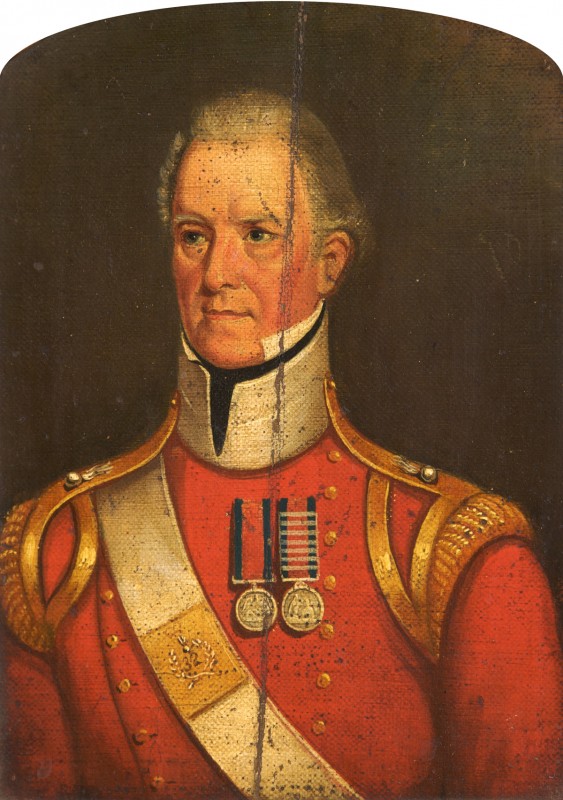
Edwin Greenwood was born at Rochdale on 1st September 1808 and baptised at the parish church of St Chad on 27th November. He was the son of James Greenwood, a local schoolmaster, who appears to have had links with both non-conformists and political reformers. In March 1831, Edwin married Mary Ann Holt at St Chad’s and the first mention of him as a ‘painter’ is at the baptism there of their eldest child, Maria, in April 1832. A son and four more daughters followed between 1834 and 1841, including twin girls (Mary Holt and Sarah). Their only son and one daughter died as children, but three of the four surviving daughters married. In 1841 and in 1848 Greenwood is listed in local directories as a ‘portrait painter’, but seemingly not thereafter, although the census returns of 1841–1871 say the same, with the variant (in 1861) of ‘Artist, Portrait Taker in Oil’.
Greenwood had financial difficulties, including bankruptcy: in 1841, when ‘late of Cheetham Street’ according to the London Gazette of 9th April, he was in prison for debt in Lancaster Castle and at the subsequent court appearance in July was described as ‘Portrait painter and Gilder’.
On 26th June 1858, the Rochdale Pilot advertised a ‘Portrait Club’ about to be established at his house, then ‘the Elephant and Castle, Manchester Road, Rochdale’, adding ‘N.B. – To Let, Stabling for two horses’, both of which suggest he may have also doubled as a publican. He appears to have died in Rochdale in 1874, probably in May, aged 65.
Greenwood appears to have been a portraitist of modest but competent talent, and though without a known exhibiting or critical record, was locally appreciated: Samuel Bamford, the Lancashire radical writer and poet, said in 1849 that though he believed ‘there was no poet in Rochdale, there was a painter there, Edwin Greenwood, who was, he thought, superior to Tim Bobbin in the command of his pencil, and in truth of delineation, while his imagination in the design of his works was almost unbounded. He was one of the best artists we had in Lancashire; but he was like many others who had great qualities – he did not make so much use of them as he should do.’ (Manchester Guardian, 14th February).
Summarised from Art UK's Art Detective discussion ‘Can you identify this Lieutenant of the Grenadier Company of the 32nd Regiment?'
Text source: Art Detective

